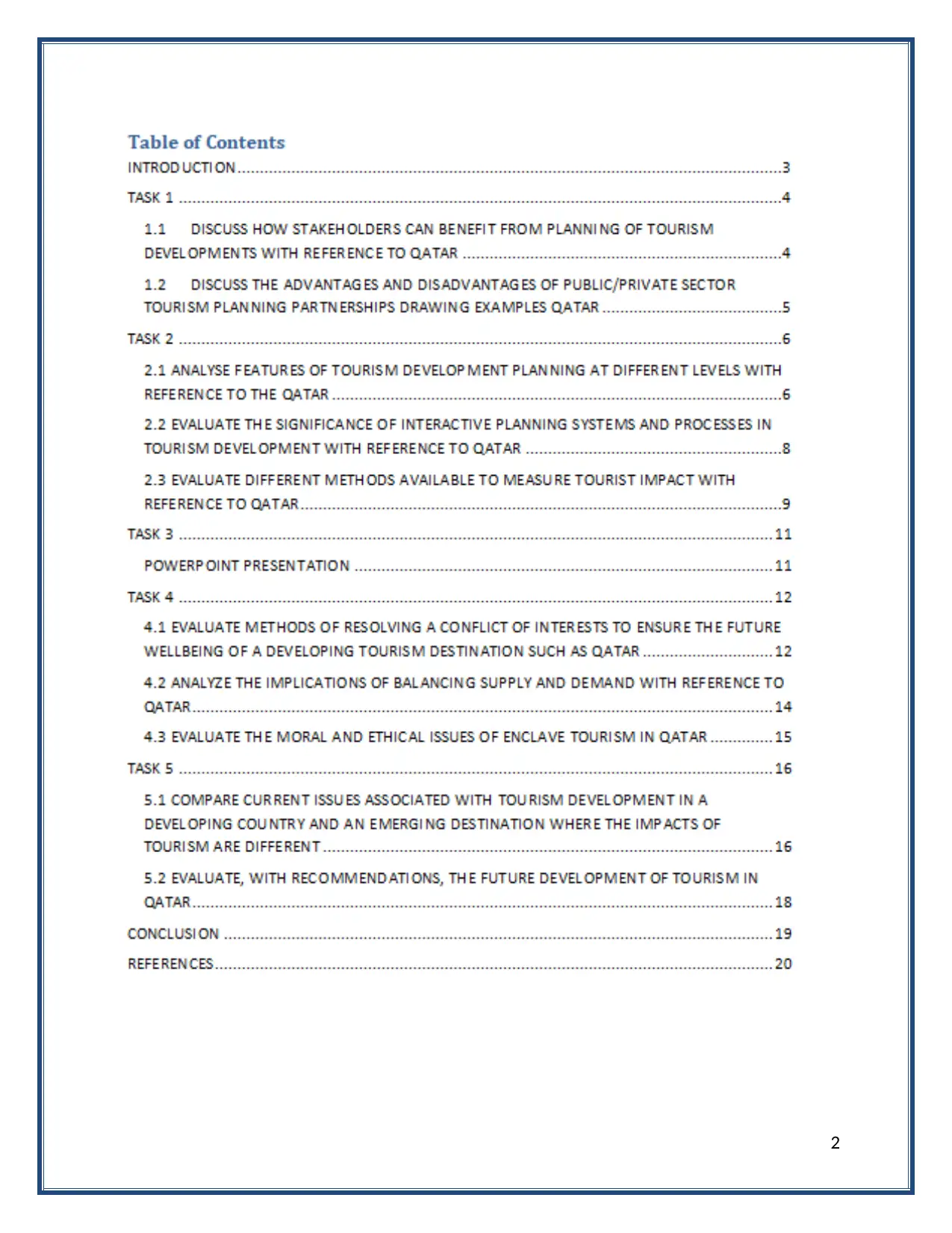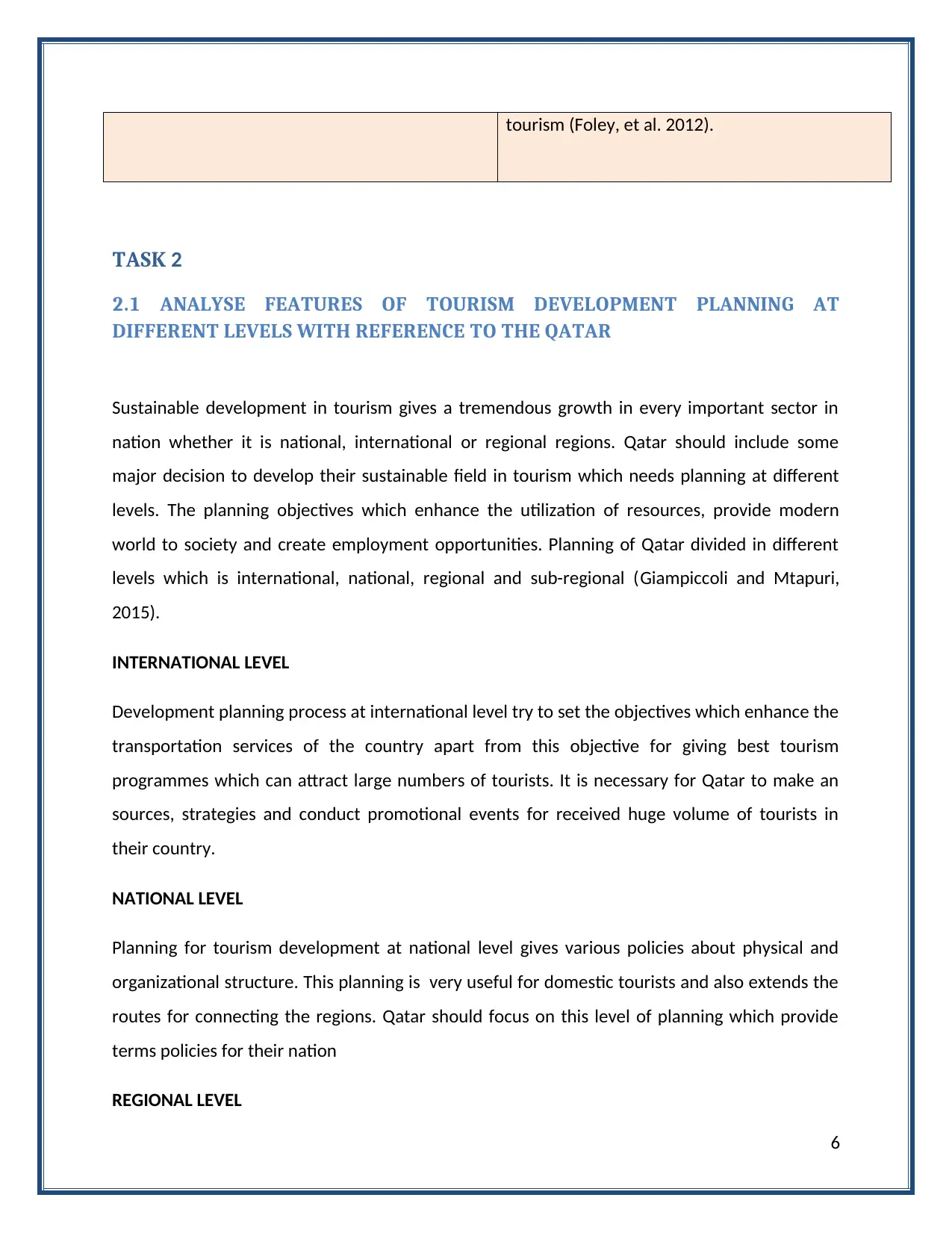This report delves into the concept of sustainable tourism development, exploring its significance and various aspects. It examines the benefits of tourism planning for stakeholders, analyzes the advantages and disadvantages of public-private partnerships, and evaluates different levels of tourism development planning. The report further investigates interactive planning systems, methods for measuring tourist impact, and strategies for resolving conflicts of interest. It also compares the current issues associated with tourism development in Qatar and Mexico, highlighting the unique challenges faced by each country. Finally, the report provides recommendations for the future development of tourism in Qatar, focusing on addressing key issues and promoting sustainable practices.
![[object Object]](/_next/static/media/star-bottom.7253800d.svg)
![[object Object]](/_next/static/media/star-bottom.7253800d.svg)


























